Cycle4Climate?
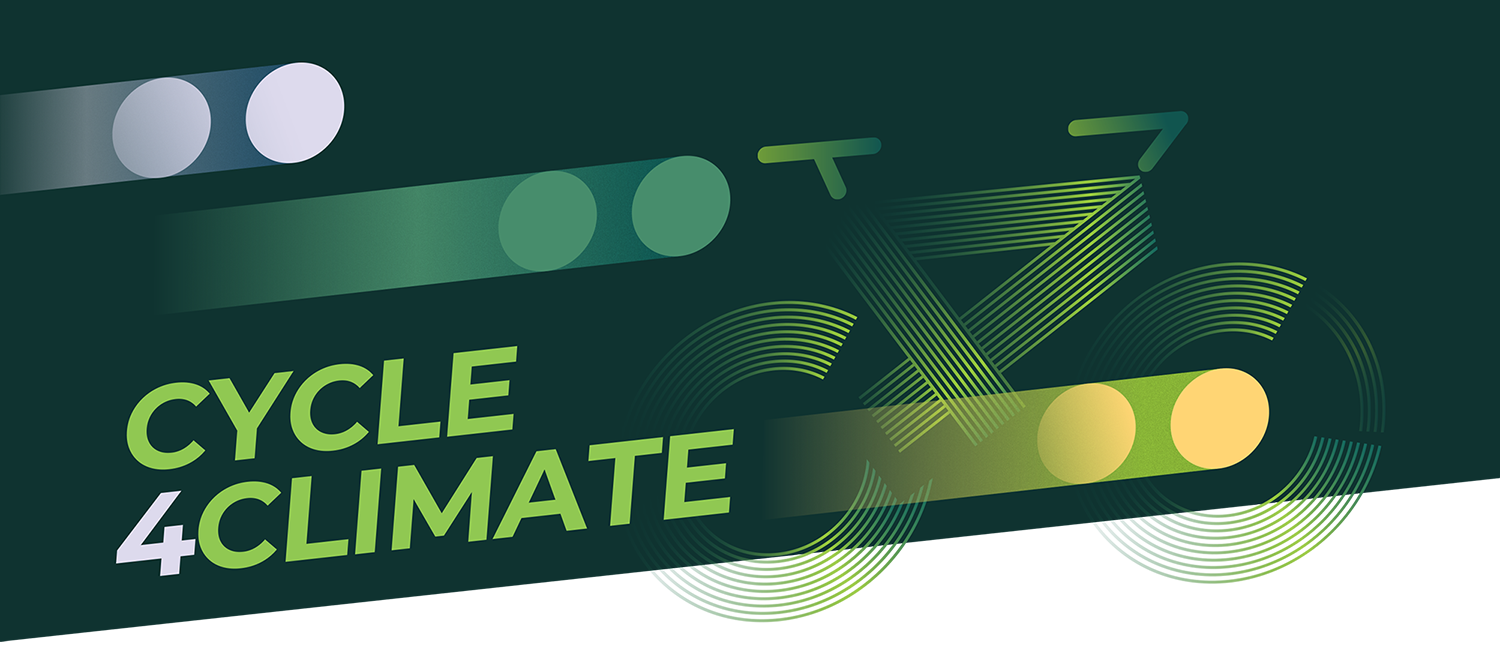
Co-creating Sustainable Cycling Solutions for Reducing CO2 Emissions
Transport accounts for a significant share of cities’ carbon dioxide emissions. The Cycle4Climate project aims to reduce these emissions by increasing cycling as a primary mode of transport and, ultimately, targets an 8% yearly increase in bike count in the project intervention areas. Furthermore, we target a 20% likelihood of car users switching from car to cycling.
Four intervention areas
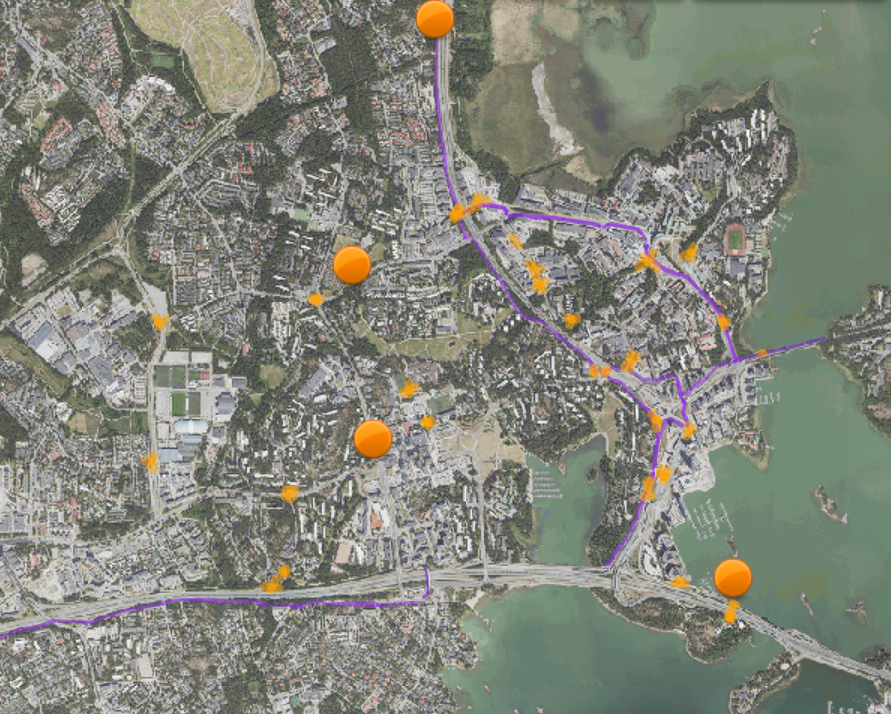
Keilaniemi–Otaniemi–Tapiola Espoo, Finland

Sörby–Urfjäll
Gävle, Sweden
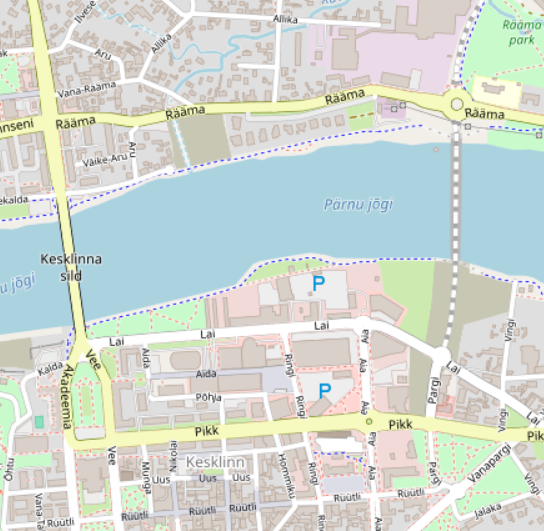
Pärnu River transport area
Pärnu, Estonia
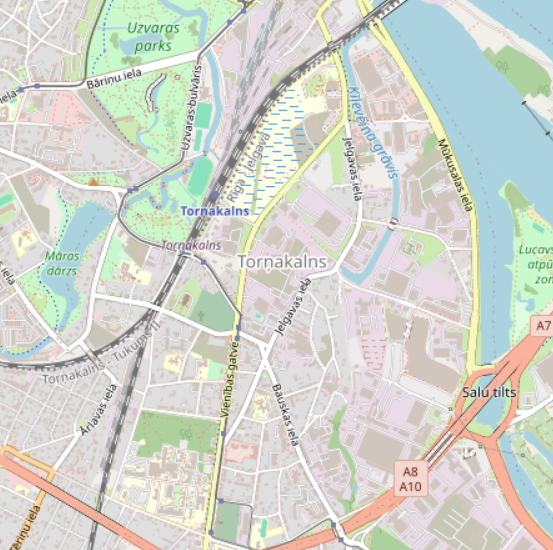
Tornakalns–Ziepniekkalns
Riga, Latvia
In practice, Cycle4Climate:
The Cycle4Climate intervention areas
Click the arrow to learn more about each of them
Join us on this journey!
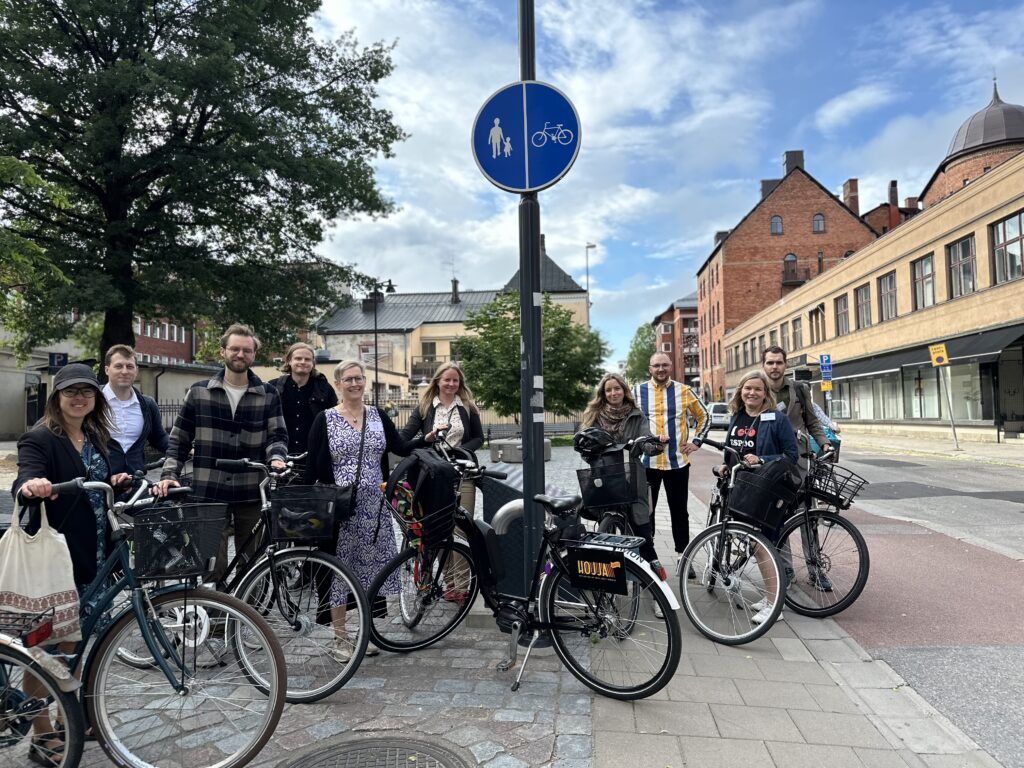

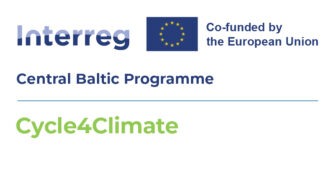

Find Cycle4Climate on social media